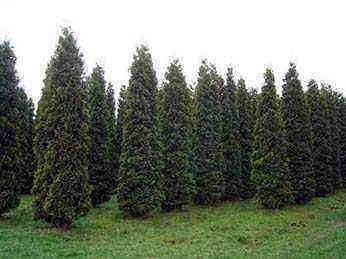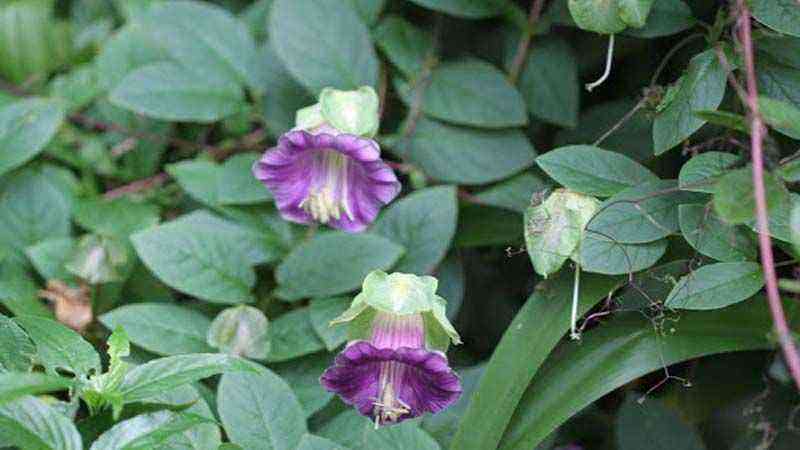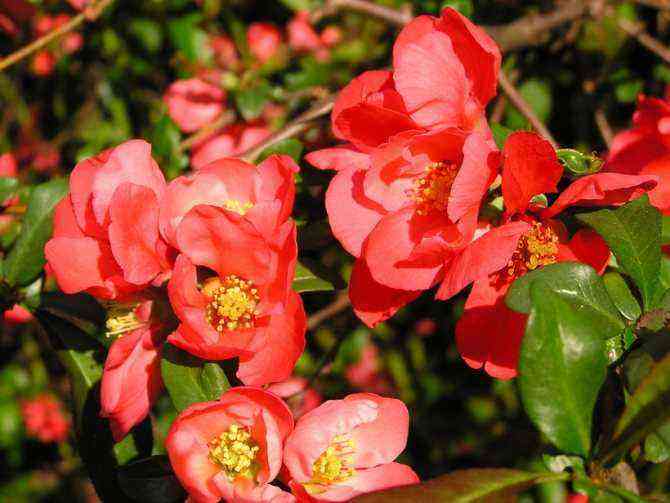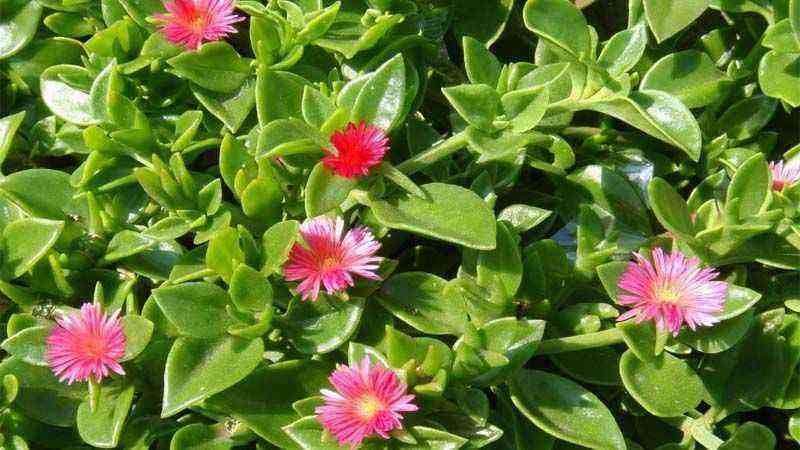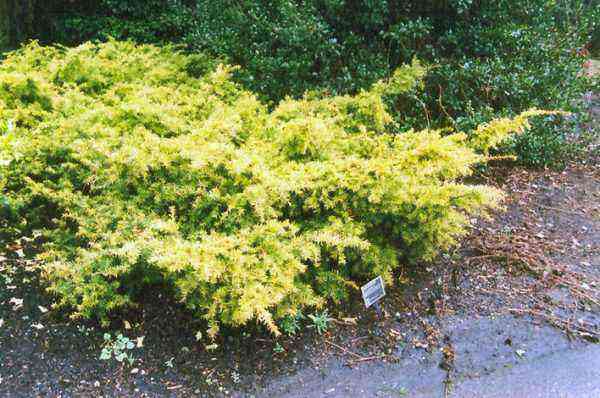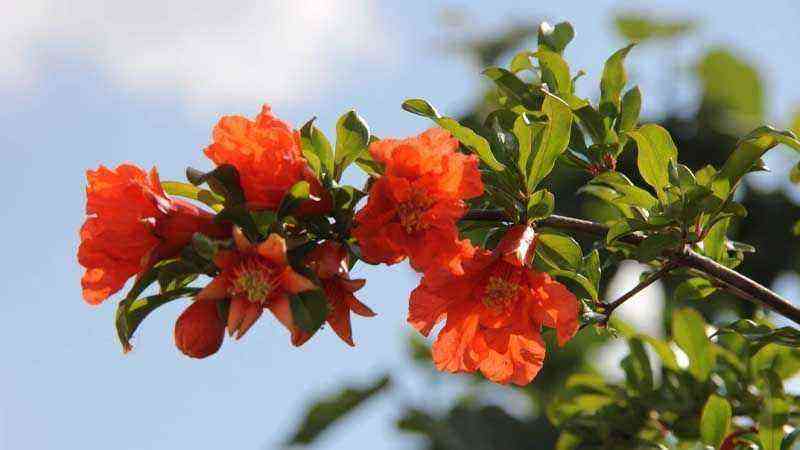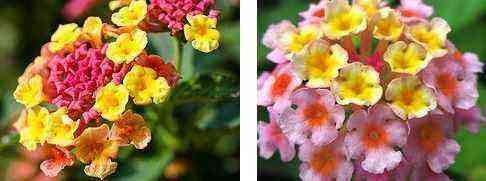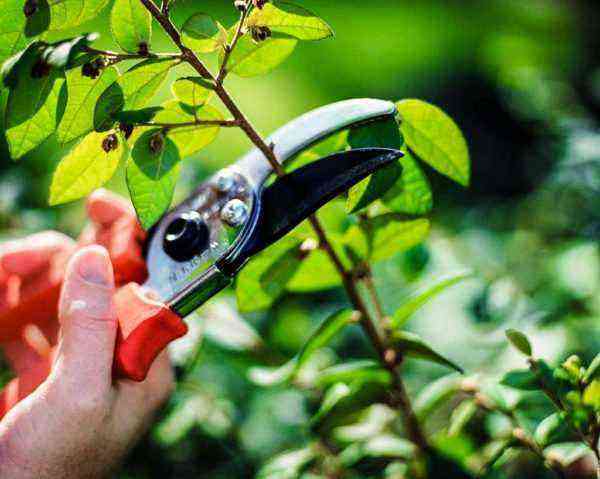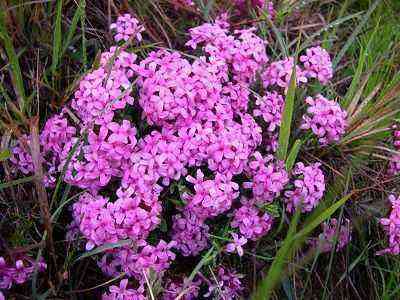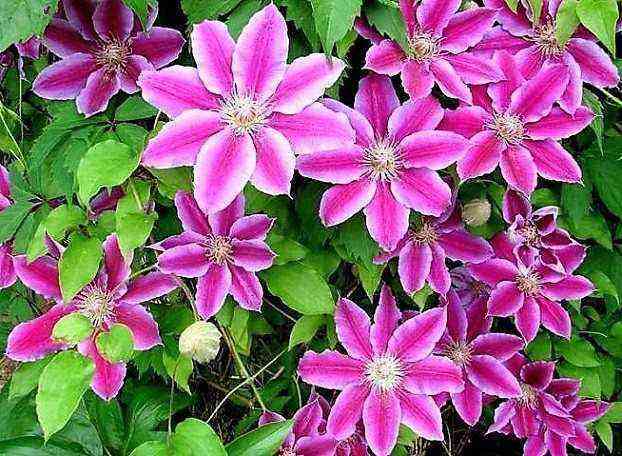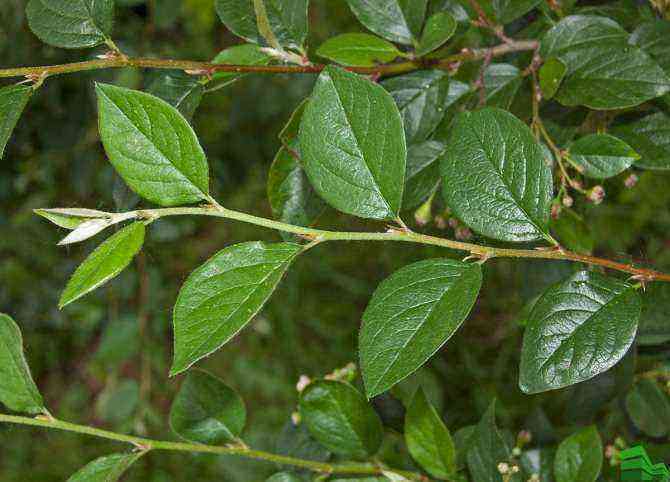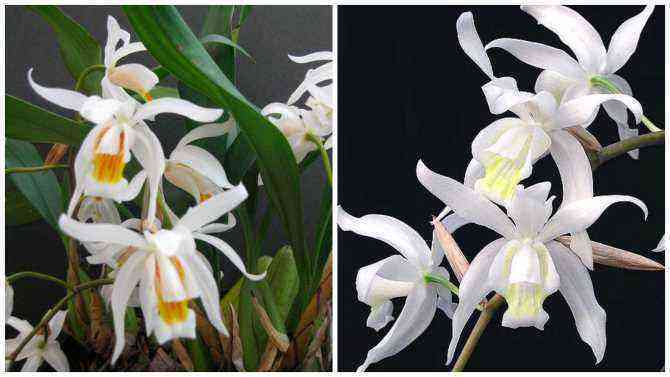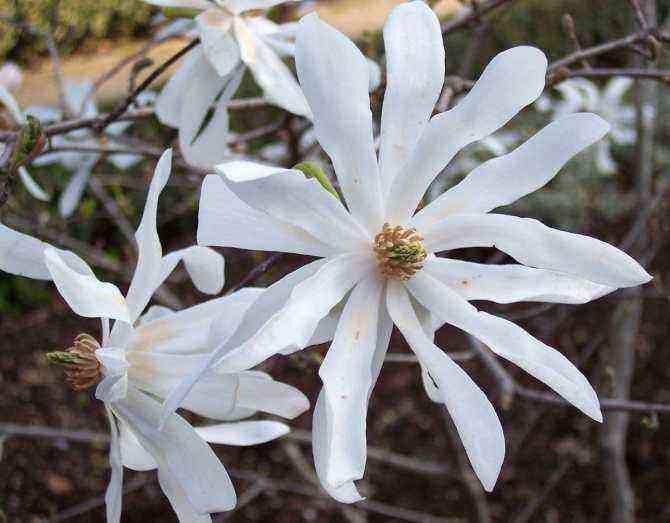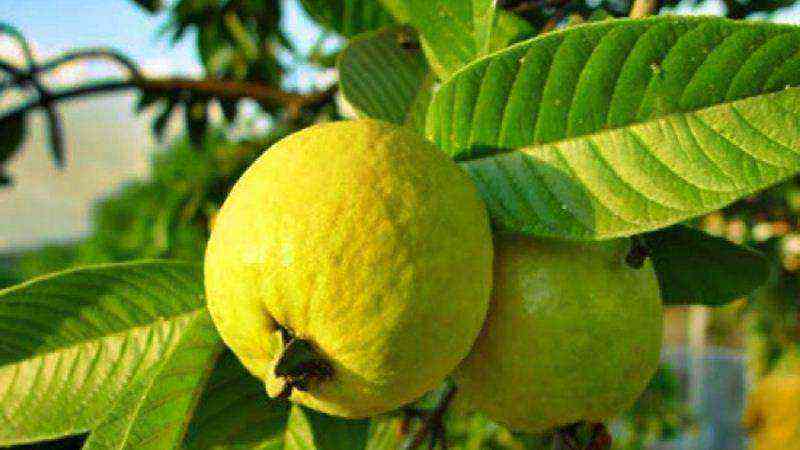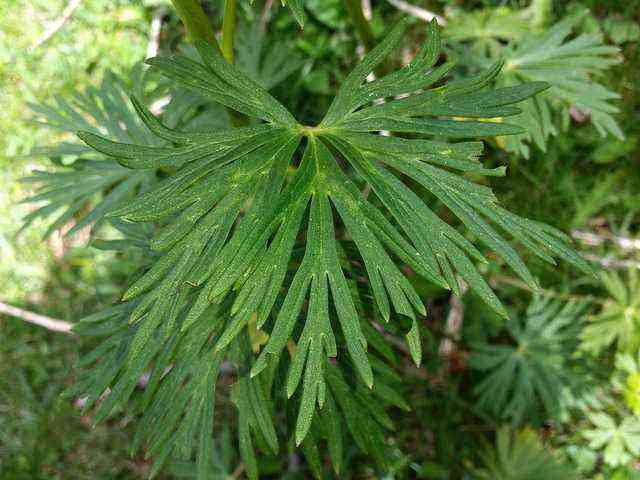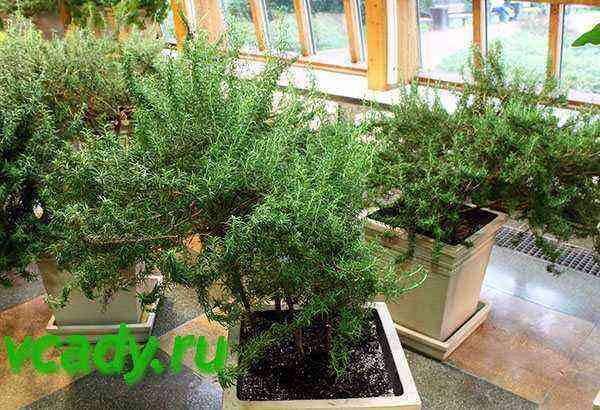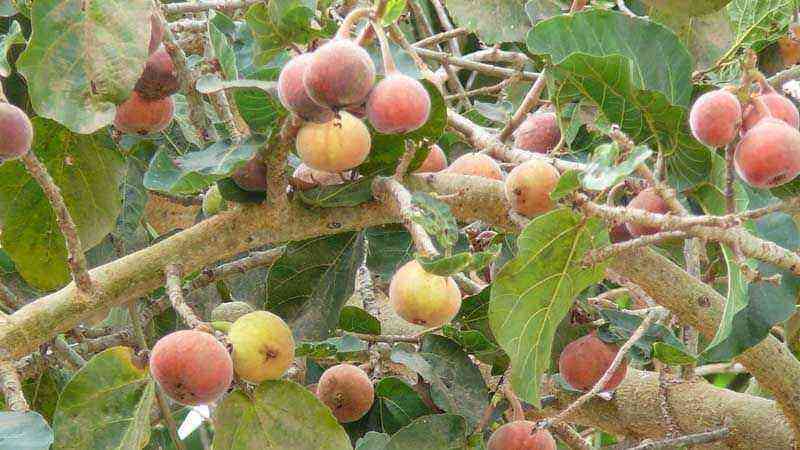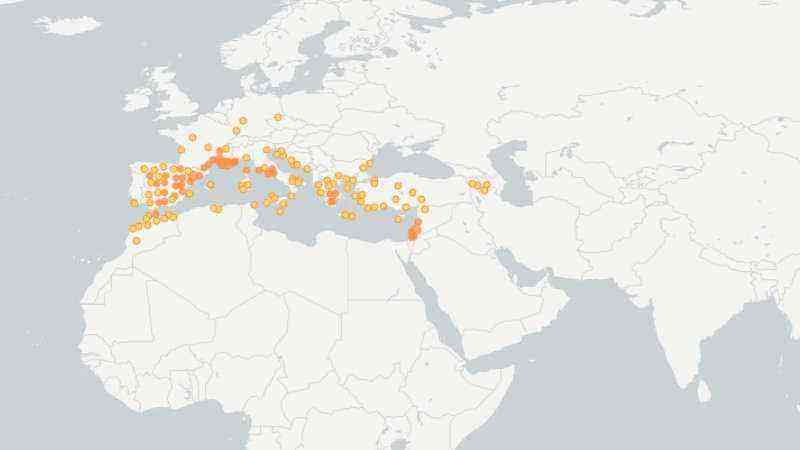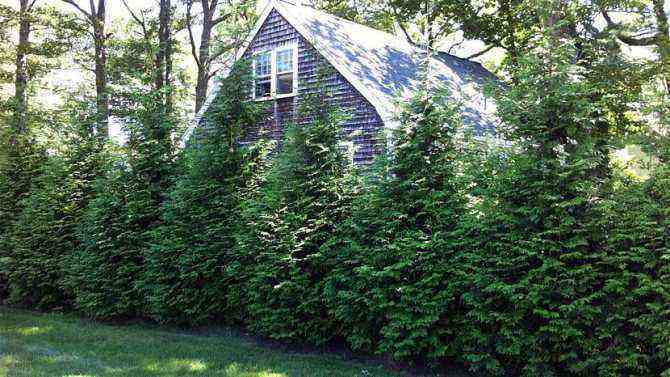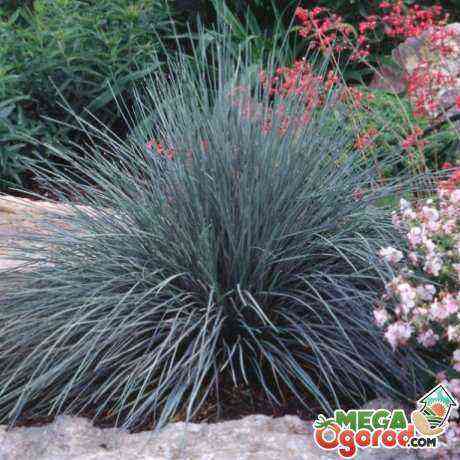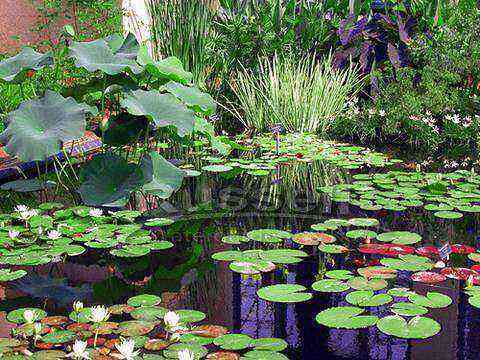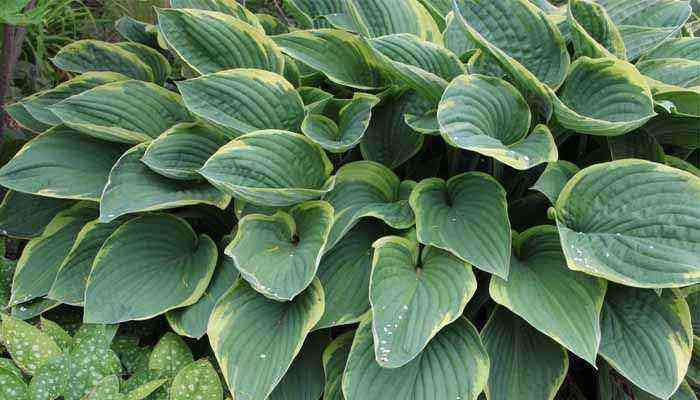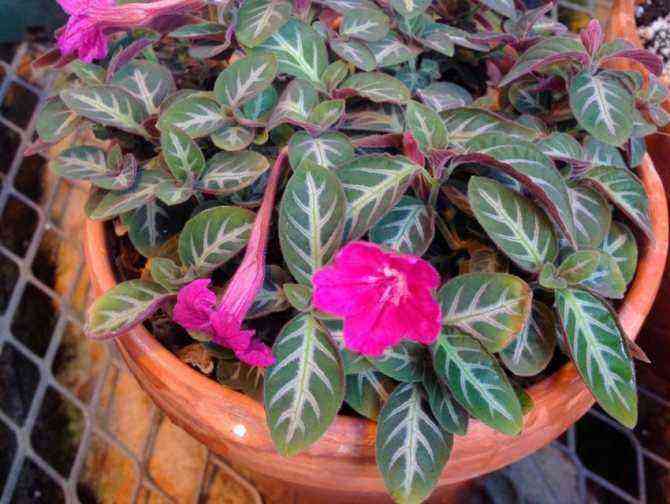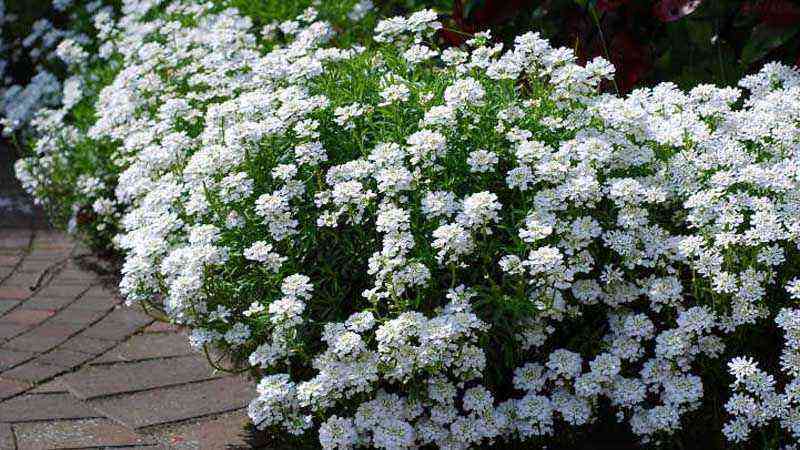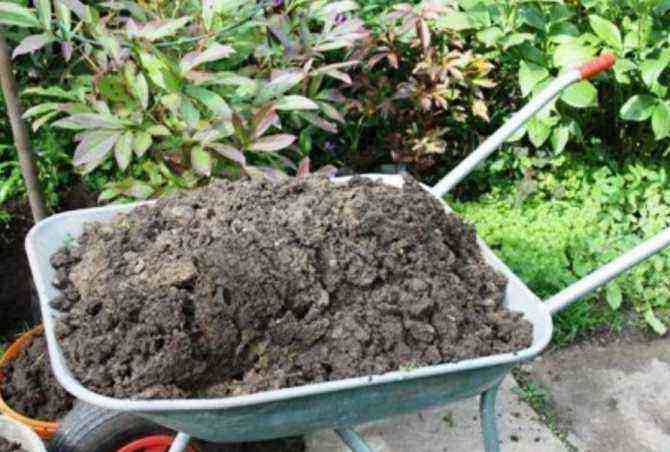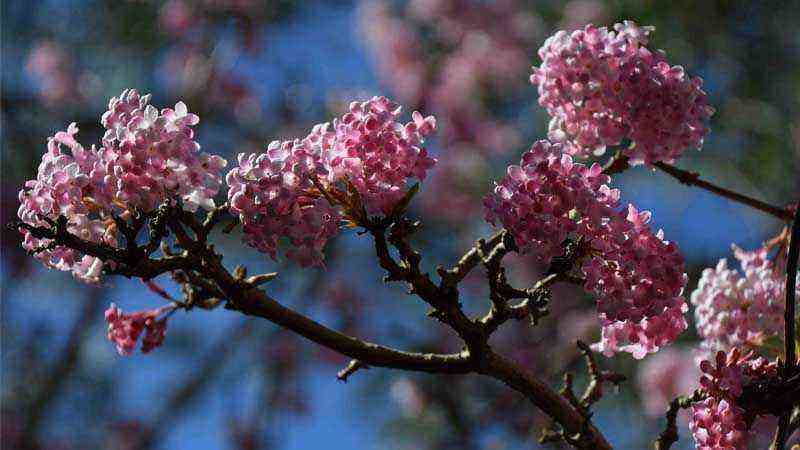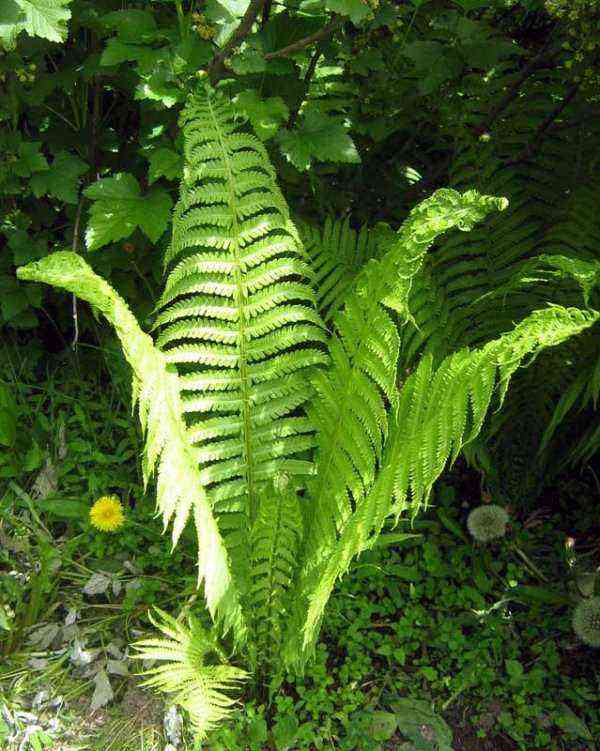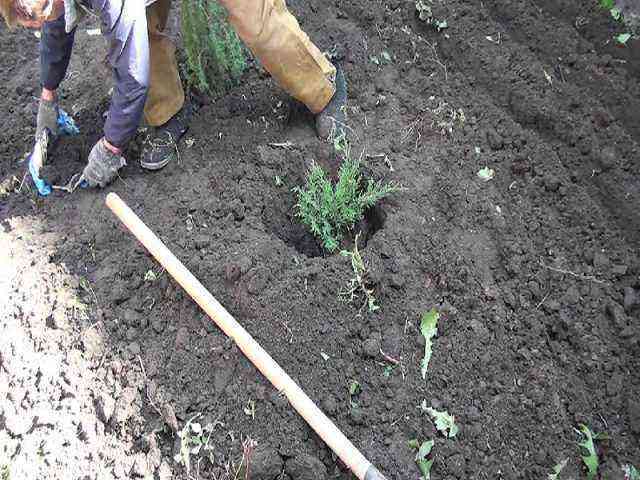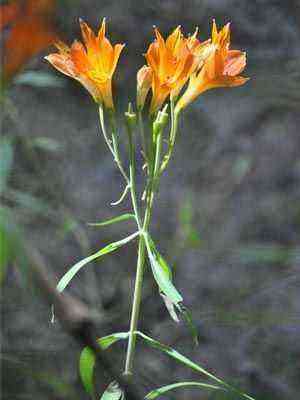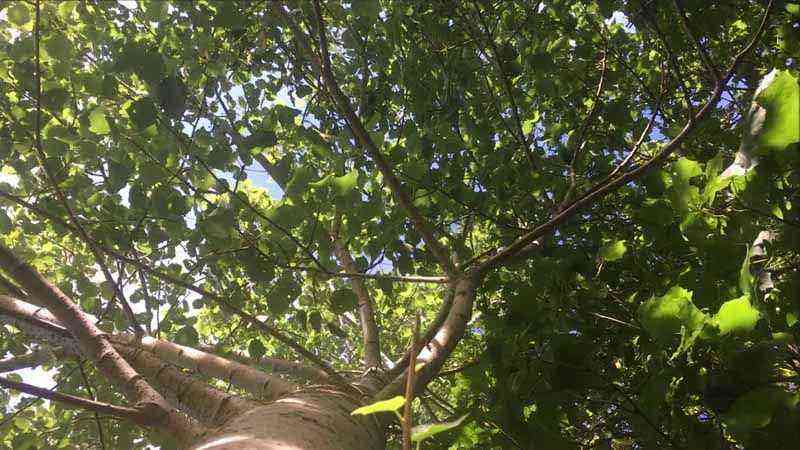Today, in Agromática, we are going to talk to you about one of those trees that grows and grows and becomes the star of the garden. A tree that comes from the United States but that we can find in other parts of the world such as Spain.
It is also known as the Indian tree and even has medicinal properties. It’s time to talk about the Catalpa bignonioides.
How to cultivate the Catalpa bignonioides
Catalpa bignonioides It can reach 15-20 meters in height, which is why it is considered a tall tree. It has large leaves between 20 and 30 centimeters in length, and its white flowers have a stumpy appearance.
Its use is practically adapted to the ornamental and is part of the landscape of many cities. In fact, it is considered a species that resists pollution quite well, which is why it is so widely used in cities in the United States and in southern Spain.
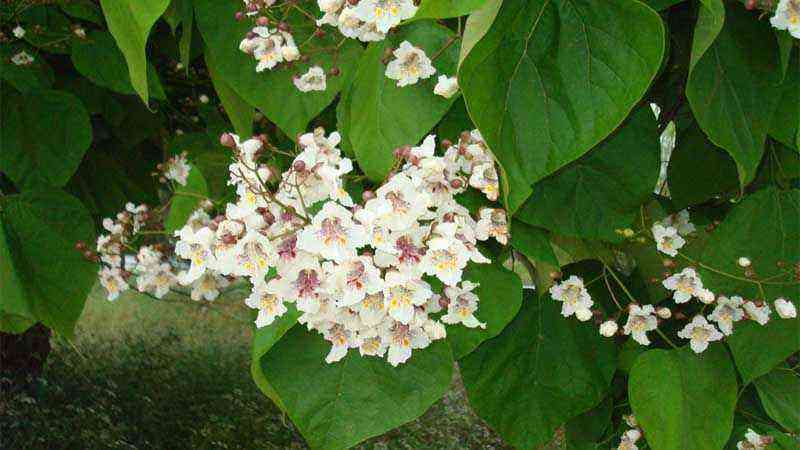

Climatic characteristics in the cultivation of Catalpa
One of the characteristics to highlight in the cultivation of this great tree is its cold resistance. It is a deciduous tree that resists temperatures below 0ºC very well. By cons, they have a bad time when high temperatures arrive in the spring or summer, especially the heat of southern Spain.
Soil needs
When choosing an appropriate soil in our garden for the Catalpa bignonioides we have to choose a deep soil, with good drainage (We will never stop repeating it), with a medium fertility and a medium or slightly acidic pH.
In this last aspect we have a great power of action by adding compost or decomposed manure at the base of the trunk of our Catalpa, to achieve that with the irrigation it infiltrates until the roots can absorb the released minerals.
Irrigation needs
With what we have said before about the climatic needs, we believe that we have given you a clue regarding the irrigation requirements.
En winter, depending on the size of the tree (when they are small we must provide some monthly irrigation) we can reach not need to provide any irrigation, but in summer, as they are not very used to hot climates, it is necessary that they have constant humidity in the soil.
Multiplication
When multiply this tree we can do it through seeds, whether they are extracted from the Catalpa from someone you know or purchased.
The seed is usually soaked overnight to plant it the next day in a pot with half peat, sand and soil, 1 centimeter deep and controlling the temperature and humidity. It usually takes 3-4 weeks to see the seedling, so you will have to be patient.
